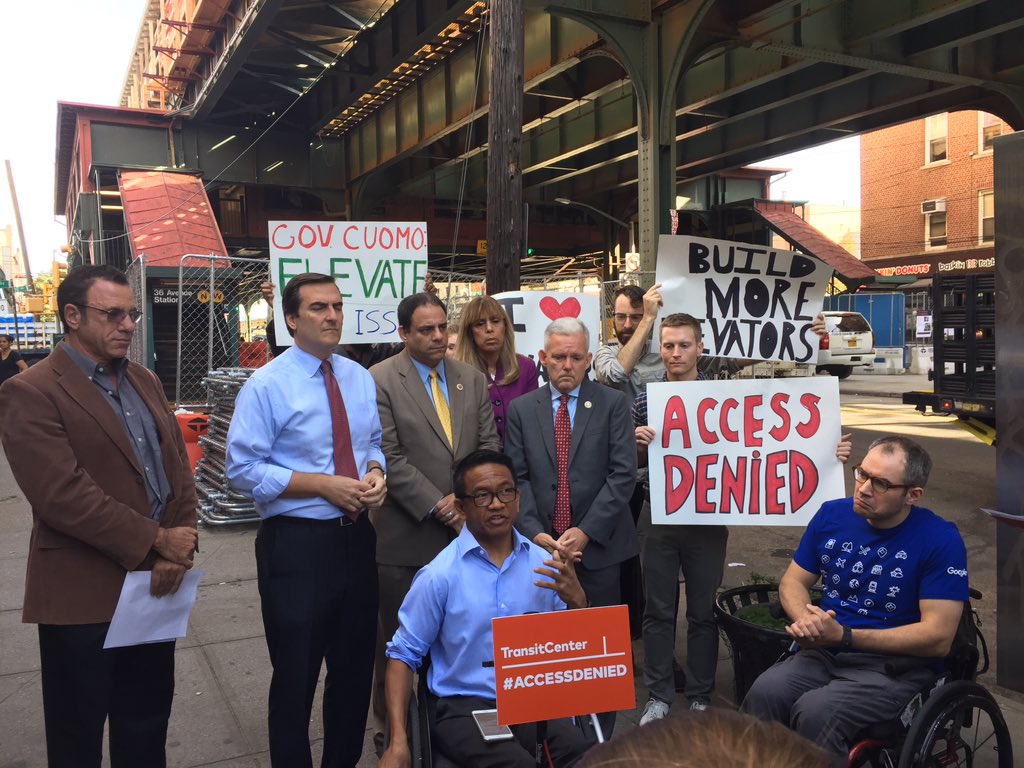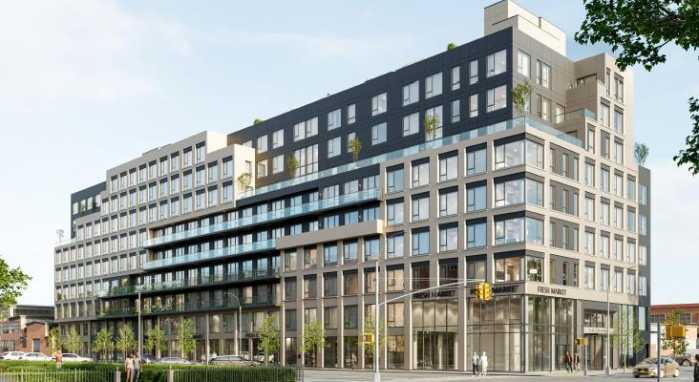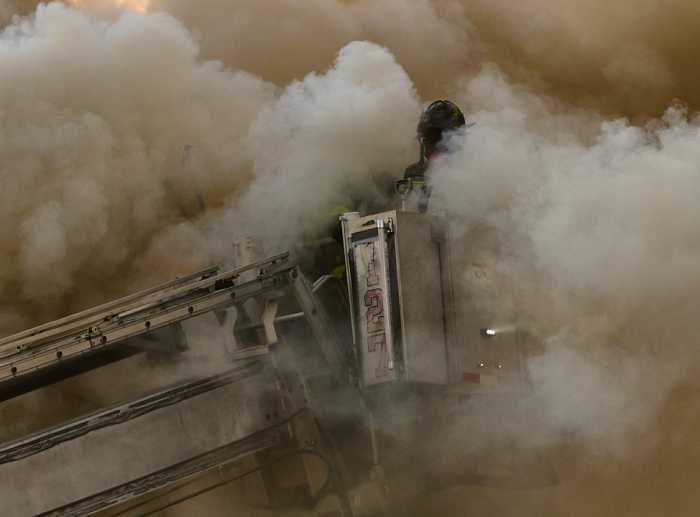Two subway stations in Astoria officially closed on Monday morning for an eight-month overhaul, but some believe the renovations are lacking a major component: elevators.
The 30th Avenue and 36th Avenue stations on the N/W line will be closed until June for renovations that were announced by Governor Andrew Cuomo last January. Upgrades will include structural repairs; new and rehabilitated station entrances; improved mezzanines and platforms; and other amenities like USB ports, digital screens and countdown clocks.
In total, 30 stations across the city will be overhauled and some overhauls have been completed such as the Bay Ridge Avenue R station. Brooklyn residents also complained about the lack of accessibility at the new station.
Councilmen Jimmy Van Bramer and Costa Constantinides, along with state Senator Michael Gianaris, held a press conference in front of the 36th Ave station to call on the MTA to rethink their overhaul plans.
Gianaris, who has been a vocal critic of the MTA, said Cuomo’s focus on station enhancements instead of addressing issues with subway service is an example of “misplaced priorities.”
“At a time when we face a crisis of subway reliability and accessibility, the MTA chooses to spend hundreds of millions of precious dollars on cosmetic improvements that will do nothing to improve subway service or accessibility,” he said in a statement. “Even worse, the MTA recently diverted over $1 billion dollars from signal fixes and new subway cars to pay for this initiative. While it will be more pleasant for subway riders to stare at more beautiful stations while they wait longer and longer for delayed trains, the MTA’s inattention to the larger problem is bordering on scandalous.”
According to TransitCenter, a foundation that advocates for urban mobility, only 23 percent of the subway’s 472 stations are accessible under the Americans with Disabilities Act (ADA) requirements. On average, there are 25 elevator outages throughout the system per day.
By TransitCenter’s estimates, it will take 70 years for the MTA to become fully ADA accessible if it continues its construction pace. Members from the foundation were at the press conference and taped a flyer to the construction notice letting people know about the lack of access.
We added information to the official construction notice #AccessDenied #CuomosMTA pic.twitter.com/Hmm2oksqws
— TransitCenter (@TransitCenter) October 23, 2017
“The Astoria stations that were closed for eight months starting this morning and are being renovated without adding elevators are just the latest evidence that the MTA has no strategy or plan for achieving greater accessibility throughout the subway system,” said TransitCenter spokesperson Hayley Richardson.
MTA officials pointed out that the 2015-19 Capital Program includes $427 million to replace 42 elevators and 32 escalators and funding to make an additional 19 stations accessible. Some stations, they argued, are impossible to make ADA-compliant without complete reconstruction and track re-alignment.
“Increasing accessibility is a priority for the MTA and elevators are being added where possible, through the “Key Stations” plan to make 100 major stations accessible by 2020, as well as additional non-Key stations being made accessible in the next few years via the MTA capital plan,” said MTA spokesperson Shams Tarek. “In Astoria, new elevators will be added to the Astoria Boulevard station, and the MTA’s fully accessible bus fleet provides strong service across the neighborhood – including connections to accessible stations nearby.”
The Old Astoria Neighborhood Association said the MTA should immediately introduce additional elements to the upgrade like improvements to trains, tracks, switches and ADA accessibility.
“At present, none of the stations on the N/W subway line in Astoria meets the Americans With Disabilities Act (ADA) Standards for Accessible Design,” the nonprofit wrote in a statement. “Even with the planned installation of elevators at the Astoria Blvd station (the only station set to receive elevators), people with mobility issues will be forced to use alternative methods to get there or to Queens or Queensboro Plazas.”




































